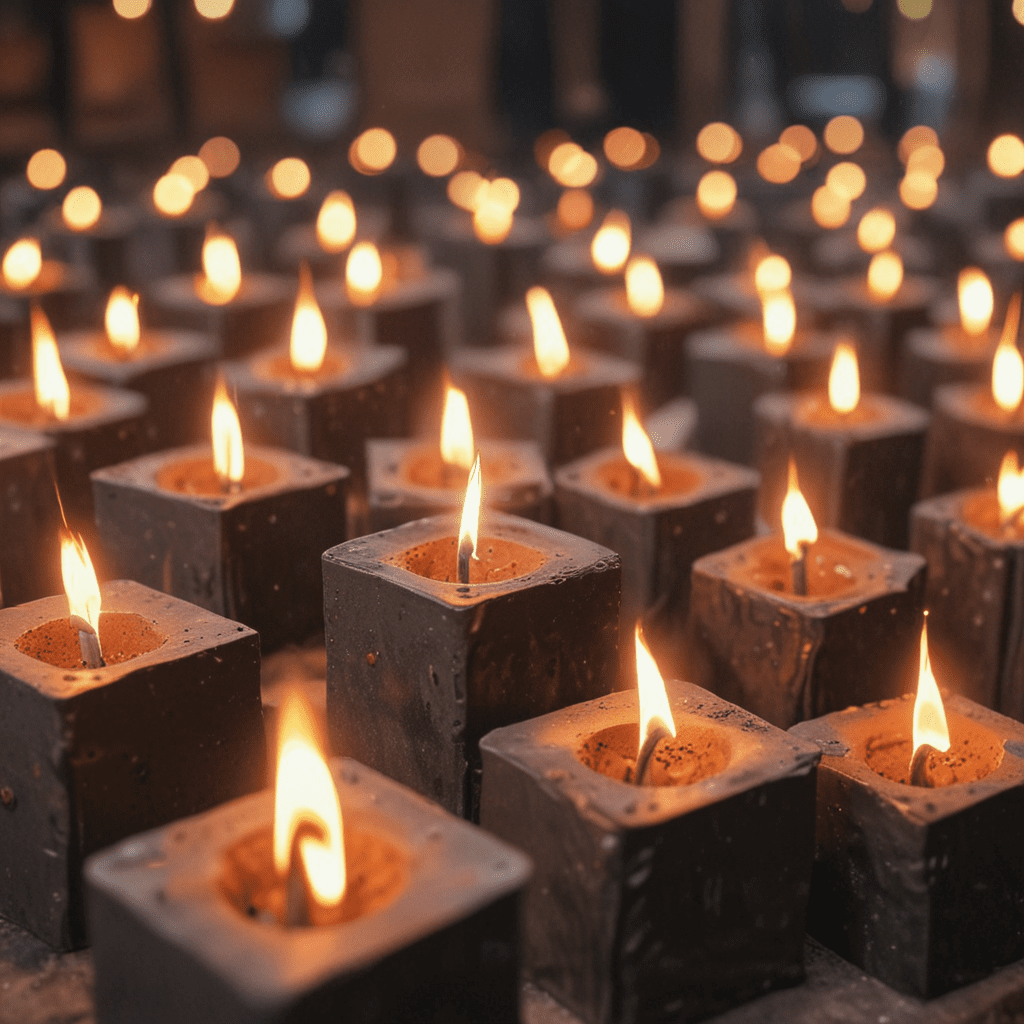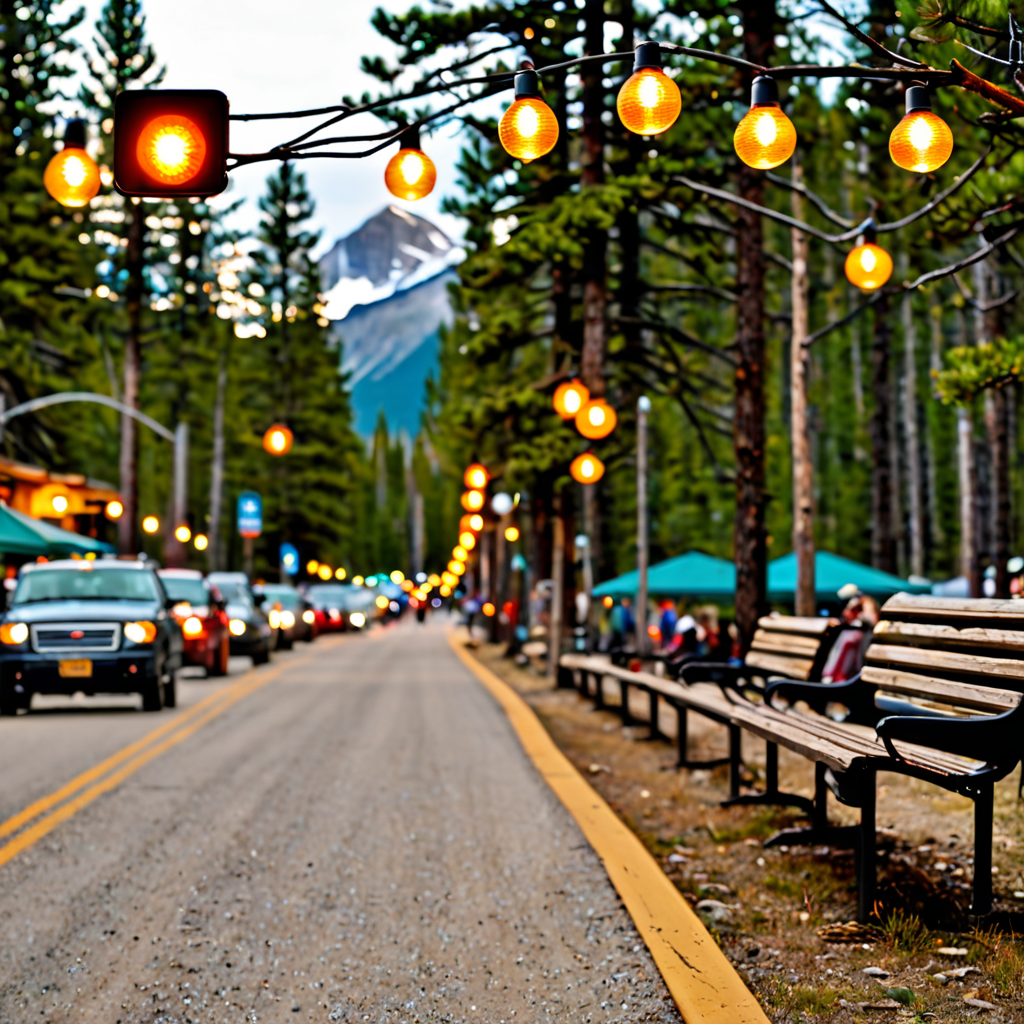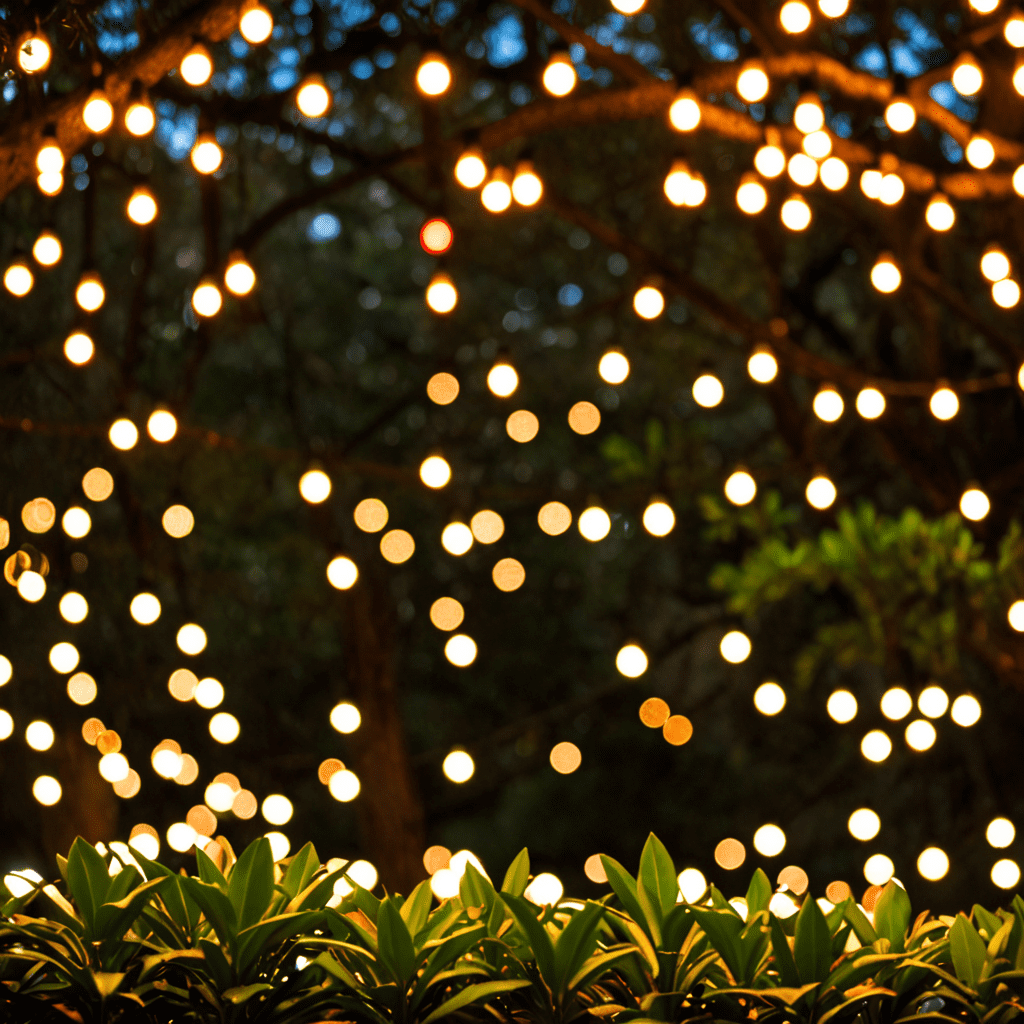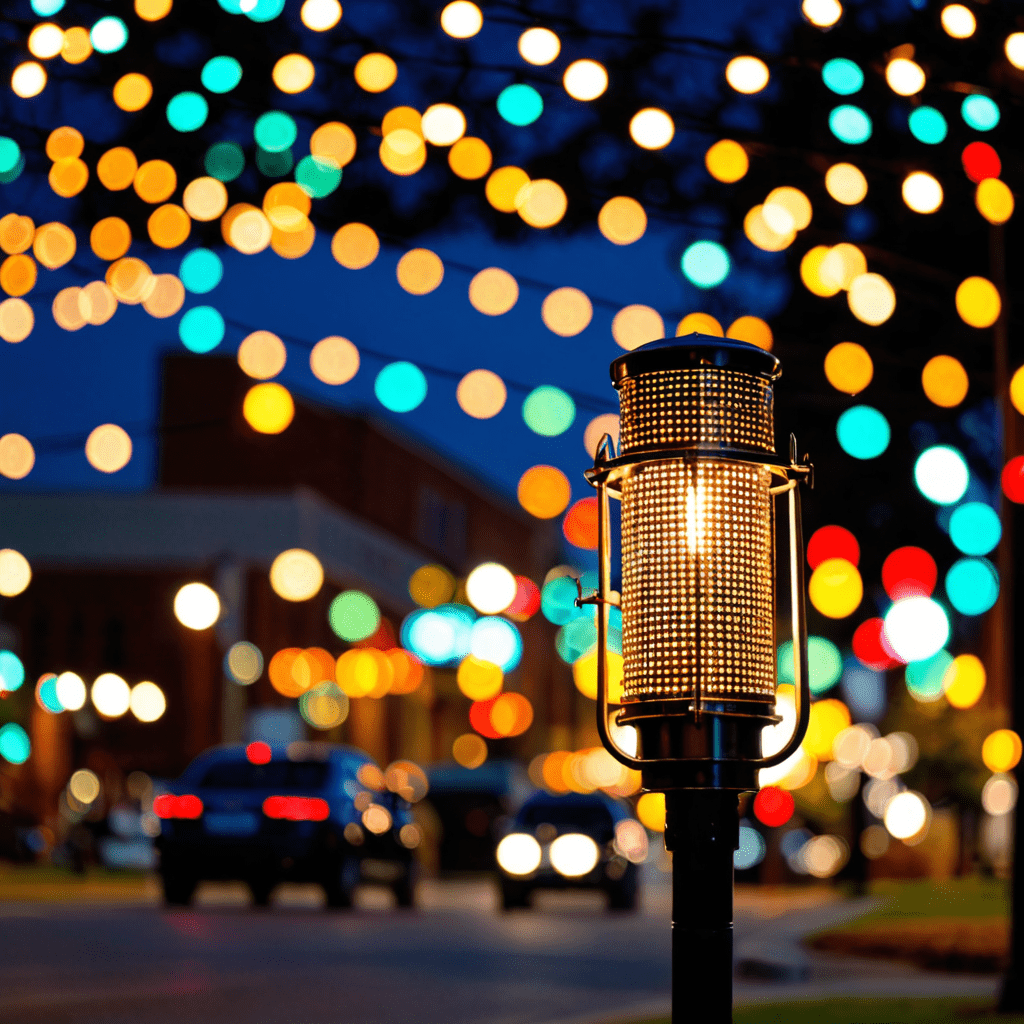
Introduction: The Ancient Heritage of Metal Casting in Bangladesh
Metal casting, an ancient art form deeply rooted in Bangladeshi culture, has been passed down through generations, showcasing the country's rich artistic heritage. From religious artifacts to everyday objects, metal casting has played a vital role in shaping Bangladeshi society and continues to be an integral part of its cultural identity.
Materials and Techniques: Exploring the Foundations of Metal Casting
The art of metal casting in Bangladesh involves the use of various metals, including bronze, copper, brass, and silver. These metals are melted and poured into molds to create intricate designs and forms. The casting process requires skilled artisans who possess a deep understanding of metalworking techniques and the ability to manipulate molten metal with precision.
Traditional Metal Casting Practices: Preserving Cultural Identity
Traditional metal casting practices in Bangladesh have been preserved and passed down through generations. Artisans use ancient techniques, such as lost-wax casting and sand casting, to create exquisite pieces that reflect the country's cultural heritage. These traditional practices are deeply intertwined with religious beliefs and customs, as metal casting has long been associated with the creation of ritual objects and religious iconography.
Modern Metal Casting Techniques: Innovation and Adaptation
Alongside traditional practices, modern metal casting techniques have also emerged in Bangladesh. These techniques incorporate new technologies and materials to create innovative designs and products. Contemporary metal casting artists experiment with different alloys and casting methods, pushing the boundaries of the art form and creating unique pieces that reflect the changing tastes and preferences of society.
Master Craftsmen and Artisans: The Keepers of Ancient Skills
The art of metal casting in Bangladesh is kept alive by skilled craftsmen and artisans who possess a deep understanding of traditional techniques and a passion for their craft. These master artisans are not only skilled metalworkers but also cultural custodians, preserving the ancient heritage of metal casting and passing it on to future generations.
Regional Variations: A Tapestry of Diverse Metal Casting Styles
Bangladesh's metal casting traditions vary significantly across its regions. The North Bengal region is renowned for its intricate silver filigree work, while the South Bengal region specializes in bronze casting. In the East, metal casting is heavily influenced by tribal traditions, resulting in unique designs and motifs. These regional variations showcase the cultural diversity and artistic richness of Bangladesh's metal casting heritage.
Applications of Metal Casting: From Ritual Objects to Everyday Artifacts
Metal casting in Bangladesh has a wide range of applications, both religious and secular. Traditionally, metal castings were used to create ritual objects, such as idols, temple bells, and votive offerings. In contemporary times, metal casting is also used to make everyday artifacts, such as jewelry, utensils, and decorative pieces. The versatility of metal casting allows Bangladeshi artisans to cater to a diverse range of needs and preferences.
The Role of Metal Casting in Bangladeshi Culture and Economy
Metal casting plays a significant role in Bangladeshi culture and economy. It is a source of cultural pride and identity, reflecting the country's rich artistic heritage. The metal casting industry also contributes to the national economy, providing employment and income for numerous artisans and businesses. Metal casting workshops and studios are often hubs of creativity and innovation, nurturing the skills and traditions that have been passed down through generations.
Contemporary Challenges and Future Prospects
The art of metal casting in Bangladesh faces challenges such as the rising cost of materials, competition from imported goods, and the need for skilled artisans. However, initiatives are underway to preserve and promote the craft, including government support for artisans and the establishment of training programs. The future of metal casting in Bangladesh looks promising, as contemporary artists continue to explore new techniques and designs, while traditional practices are preserved and celebrated.
Conclusion: The Enduring Legacy of Metal Casting in Bangladesh
Metal casting in Bangladesh is a testament to the country's enduring cultural heritage and artistic excellence. It has played a vital role in shaping Bangladeshi society, from religious rituals to everyday life. The skilled artisans and masters who continue to practice this ancient craft are the custodians of a rich tradition, ensuring its legacy for generations to come. As metal casting adapts to contemporary needs and innovations, it remains an integral part of Bangladeshi culture and a source of pride for its people.
FAQs
Q: What are the common metals used in metal casting in Bangladesh?
A: Bronze, copper, brass, and silver are the most commonly used metals in Bangladeshi metal casting.
Q: What are some traditional metal casting techniques used in Bangladesh?
A: Lost-wax casting and sand casting are traditional techniques used to create intricate metal objects in Bangladesh.
Q: How does metal casting contribute to the Bangladeshi economy?
A: The metal casting industry provides employment and income for numerous artisans and businesses, contributing to the national economy.
Q: What are some challenges facing the metal casting industry in Bangladesh?
A: Rising costs of materials, competition from imported goods, and the need for skilled artisans are challenges faced by the metal casting industry in Bangladesh.
Q: What is the future of metal casting in Bangladesh?
A: The future of metal casting in Bangladesh looks promising, as contemporary artists explore new techniques and designs while traditional practices are preserved and celebrated.


